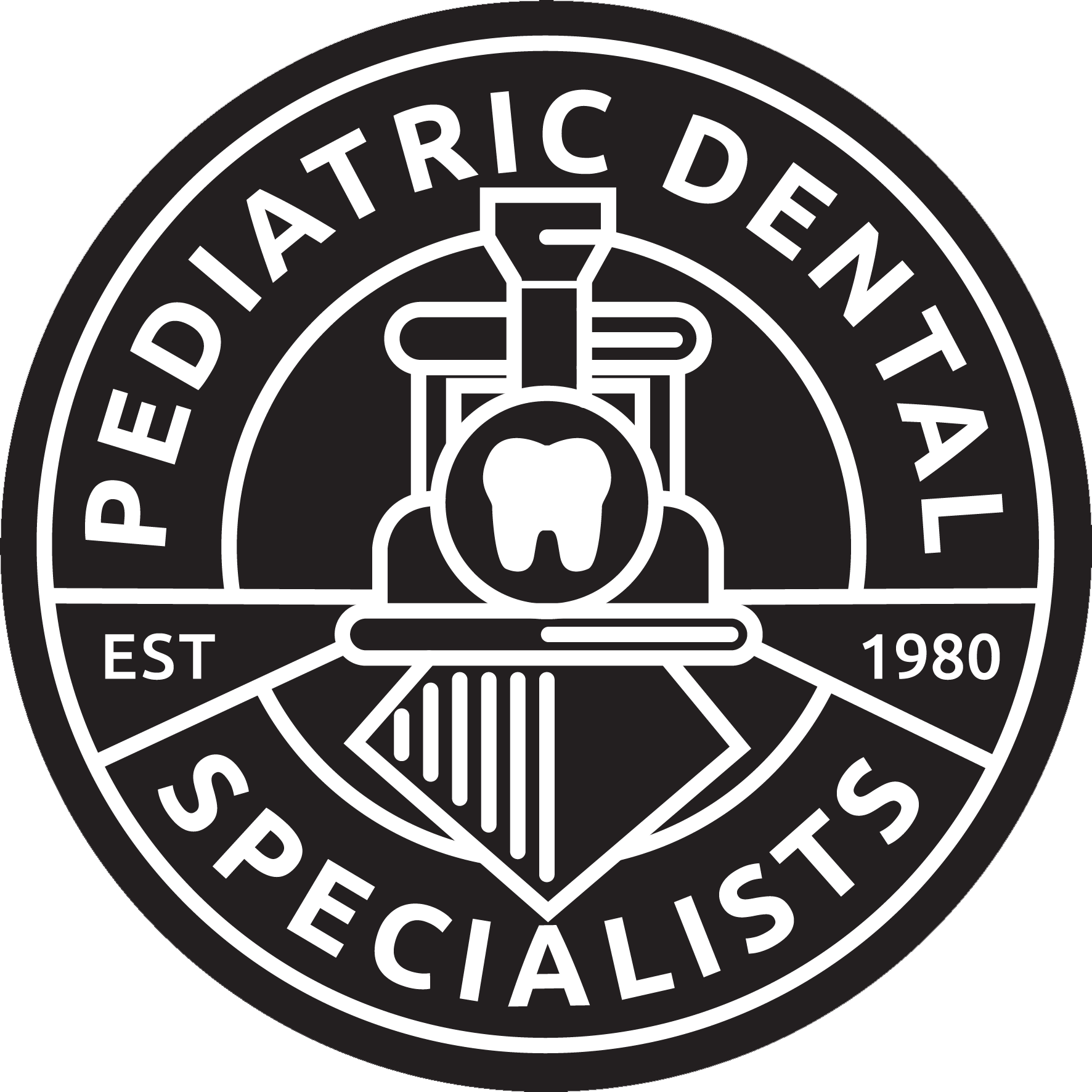The American Academy of Pediatric Dentistry (AAPD) advises that kids and teens have regular dental checkups every six months, including a basic exam, fluoride treatment, cleaning, and x-rays. However, many parents may not be aware of how a kids pediatric dentist differs from a family dentist. This can lead to some confusion when choosing the dentist that is best for your child. Thankfully, the differences aren’t confusing, and to help make it easier, here is what you need to know.

What Is the Difference Between a Kids Pediatric Dentist and a Family Dentist?
Educational Differences
With regard to understanding the differences between pediatric and family dentists, it’s important to take their training into account. A family dentist, for instance, serves both children and adults, and their general training usually involves graduation from an accredited dental school.
Pediatric dentists, on the other hand, can be considered specialists, as opposed to general dental practitioners. This means that they have completed additional training after graduating from a dental program. Typically, this involves a two-year residency where they learn more about advanced diagnostics and surgical procedures, as well as child development and psychology, caring for special needs, and child-related pharmacology. This makes them more equipped to take care of the dental needs of children, and usually, that is the only age group that they will accept as patients.
Child Specialists
While family dentists can be great with kids, it’s not their specialization. Pediatric dentists understand how to interact with children to make them feel as comfortable as possible. Along with this, they are trained to handle child-specific problems. They understand how to work with teeth and jaws that are still developing and can be more likely to spot developmental problems before they fully present themselves.
Office Differences
When you walk into the office of a family dentist that serves both adults and children, you’ll often find it more geared towards older patients. In contrast, a kids pediatric dentist office will be designed better to meet the needs of younger patients. This can include play areas to keep them occupied before the appointment, TVs with kid-appropriate movies and shows, and stuffed animals that kids can hold while having an exam. Little touches like this can go a long way towards easing a child’s nerves and making them more comfortable during their visits.
If your child hasn’t been to a six-month checkup this year, consider finding a kids pediatric dentist in your area and setting up a consultation. You can take your child with you so that they can meet their new dentist ahead of time and get to know more about what to expect. This can help them feel more at ease, and less nervous about their next appointment.
